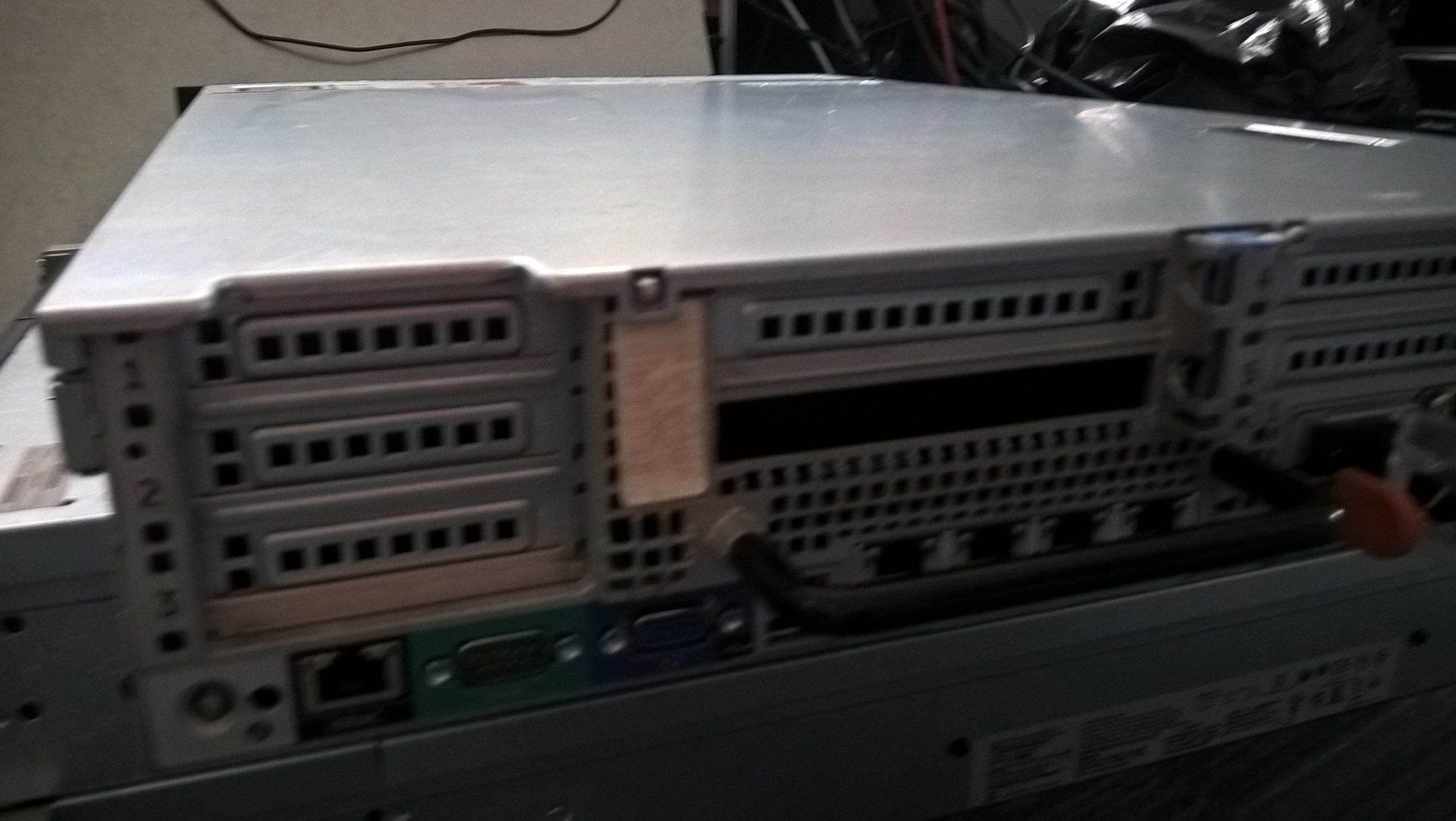Troubleshooting Windows Defender API Logger: How to Edit Properties Without Access Denied Errors
In today’s digital age, computer gaming has become a beloved pastime for many. It enables people to engage in immersive virtual worlds and experience adventures beyond reality’s bounds. However, gamers occasionally find themselves encountering technical hurdles that disrupt their gaming experience. One such issue that has been discussed in online tech communities involves the configuration of Windows’ built-in system monitoring tool, often referred to as “DefenderApiLogger.” It’s particularly relevant for users experiencing game crashes—an immensely frustrating condition that can turn an enjoyable session into a bothersome technical challenge.
In this blog, we delve deep into the intricacies of the Windows Defender API Logger, explore ways to troubleshoot access-denied errors when trying to edit its properties, and propose effective solutions to fix game-crashing issues related to system logs. This comprehensive guide aims to equip you with the knowledge and practical steps necessary to optimize your system for a smoother gaming experience.
Understanding Windows Performance Monitor and API Logger
What is Windows Performance Monitor?
Windows Performance Monitor (Perfmon) is a tool that provides a visual framework for system administrators and advanced users to analyze performance data from a local or remote computer. It aggregates various key performance indicators such as CPU usage, memory load, disk performance, and more.
Perfmon also facilitates the creation of Data Collector Sets, which can be used to log performance data over time and diagnose system or application issues. These logs can help identify what resources are being exhausted on your computer and what might be causing unexpected behavior, such as game crashes.
What is DefenderApiLogger?
DefenderApiLogger is part of the Windows Event Trace Sessions that log various events and activities associated with Windows Defender, a real-time antivirus software suite developed by Microsoft. The Event Trace sessions, including DefenderApiLogger, allow administrators or power-users to monitor system activity closely, which is often crucial for troubleshooting intermittent system issues like game crashes.
The Game Crash Issue and Its Relation to Logging
Common Causes of Game Crashes
Game crashes can be attributed to multiple factors, including but not limited to:
-
Hardware Compatibility: Outdated or faulty hardware components can cause a system to crash.
-
Driver Issues: Incorrect or outdated drivers can lead to instability and crashes.
-
Software Conflicts: Conflicts with other running software, especially anti-virus tools, could result in system or application crashes.
-
Resource Exhaustion: When a game or application consumes more resources than available, it may crash.
-
Corrupted Game Files: Damaged or incomplete files can lead to unexpected game shutdowns.
Logging Impact on Gaming
Specifically, Microsoft’s logging mechanisms—like the ones managed through Performance Monitor and DefenderApiLogger—are crucial for tracking system performance and identifying potential issues. However, excessive or misconfigured logging can sometimes lead to performance dips or crashes due to resource allocation concerns or conflicts.
One documented workaround for avoiding game crashes linked to such logging involves modifying settings within the Perfmon application, specifically changing the properties of the DefenderApiLogger to better manage the logging process. However, users frequently encounter access-denied errors when attempting to make these changes.
How to Edit DefenderApiLogger Properties
Step-by-Step Guide to Troubleshoot Access Denied
Here’s a detailed walkthrough to help you gain access and modify the necessary properties within Perfmon:
Step 1: Open Performance Monitor
- Press
Windows + Rto open the Run dialog. - Type
perfmonand hit Enter. This will open the Performance Monitor window.
Step 2: Navigate to Data Collector Sets
In Perfmon, on the left-hand side:
- Expand the
Data Collector Setsnode. - Click on
Startup Event Trace Sessions.
Step 3: Modify the DefenderApiLogger
- Right-click on
Defender API Logger. - Select
Propertiesfrom the context menu.
Challenge: Access Denied Error
Several users have reported encountering an “Access is Denied” error during this step, despite having full administrative privileges on their systems.
Solutions to Access Denied Error
Solution 1: Ensure Admin Rights
- Double-check that you are running the Performance Monitor as an administrator. You can do this by right-clicking on the Perfmon executable or shortcut and selecting ‘Run as Administrator’.
Solution 2: Modify User Account Control (UAC) Settings
- UAC may interfere with permissions needed to modify system settings. Consider adjusting UAC settings:
- Open the
Control Panel. - Navigate to
User Accounts. - Click on
Change User Account Control settings. - Move the slider down to ‘Never notify’ to disable UAC temporarily. Remember to reset this setting once you’re done with the necessary adjustments.
Solution 3: Check Group Policy Editor
Certain permissions may be managed by the Group Policy Editor (not available in Windows Home editions):
– Press Windows + R, type gpedit.msc, and press Enter.
– Navigate to Local Computer Policy > Computer Configuration > Windows Settings > Security Settings > Local Policies > User Rights Assignment.
Here, ensure that your account has the necessary permissions and tweak as required.
Solution 4: Utilize Command Line or PowerShell
If GUI methods fail, use Command Line or PowerShell to modify configuration:
- Open
Command PromptorPowerShellas Administrator. - Use
logmancommand to access and configure the API log settings: - Example Command:
logman update trace "Defender API Logger" -rt, or use-foption to adjust formats and modes as needed.
Solution 5: Take Ownership of Log Files
Sometimes, file ownership is the root cause:
– Navigate to the system files associated with the logs.
– Right-click the file/folder, select Properties, go to Security tab, and click Advanced.
– Change ownership to your user account and ensure you have full control.
Conclusion and Final Recommendations
By navigating the network of processes described above, you should be able to finally access and configure the DefenderApiLogger, overcoming the irritating “Access is Denied” snag. This will aid in ensuring that resource allocation issues—often exacerbated by extensive logging—do not interrupt your gaming bliss. Altering the logging mode as per the initial guide—switching to ‘File and Real Time’ with a ‘Circular’ log mode—generally rectifies conflicts, reducing the frequency and likelihood of game crashes.
Remember, systems and configurations vary, and what works seamlessly for one user may require slight adjustments for another. Make a habit of consulting logs after applying changes, to corroborate their effectiveness, and consider reaching out to community forums for supplementary, experience-based insight.
Finally, while making system changes, back up crucial data to mitigate any unintended complications, ensuring a balance between system performance and data safety.
Happy gaming!
Share this content:




Response to Access Denied Issues with DefenderApiLogger
Hi there,
I came across your post regarding the “Access is Denied” error when trying to edit the properties of the DefenderApiLogger in the Performance Monitor, and I wanted to share some additional insights that may help you resolve this issue effectively.
1. Verify Your User Permissions
First, it’s crucial to ensure that your user account has the appropriate permissions. Even if you’re running as administrator, certain UAC settings can restrict access unexpectedly. Make sure that your account is part of the
Administratorsgroup and double-check its permissions.2. Using Command Line Tools
If graphical methods continue to produce access errors, I recommend utilizing
PowerShellorCommand PromptwithRun as Administratorfor elevated access. You can use thelogmancommand to update the properties as follows:This command can bypass some of the GUI restrictions while providing more flexibility in modifying the settings programmatically.
3. Group Policy Adjustment
If you have access to the Group Policy Editor, there might be specific
Hello,
Thank you for reaching out regarding the “Access is Denied” error when attempting to edit properties of DefenderApiLogger in Performance Monitor. This issue often arises due to permission restrictions or UAC settings. Here are some troubleshooting steps that can help you gain the necessary access:
gpedit.mscto inspect permissions under User Rights Assignment. Make sure your user account has the appropriate rights.